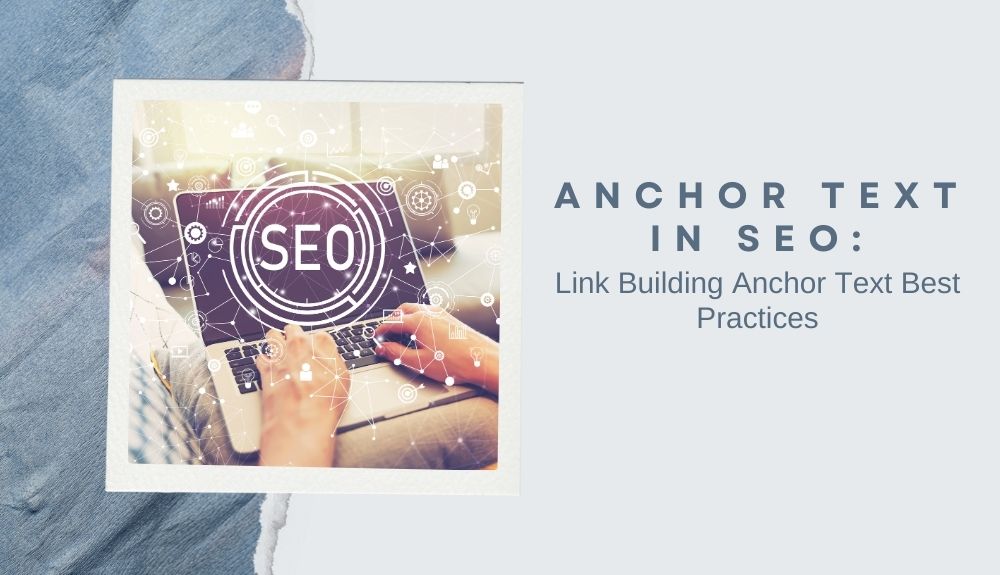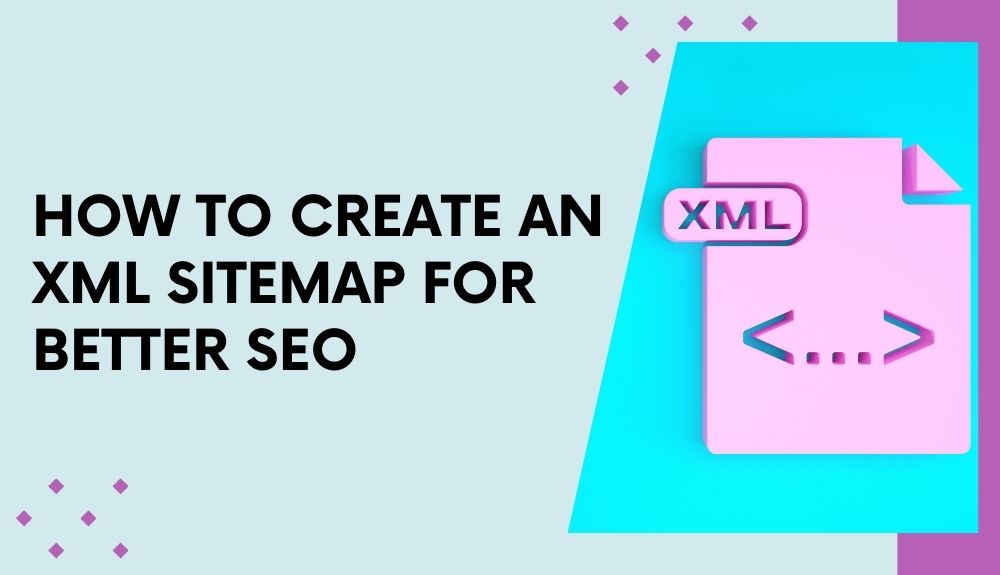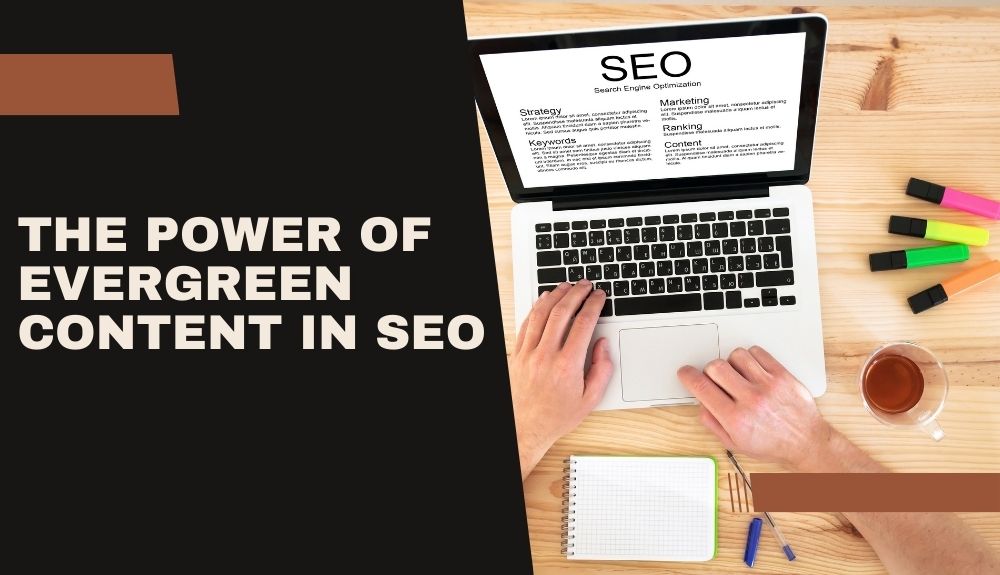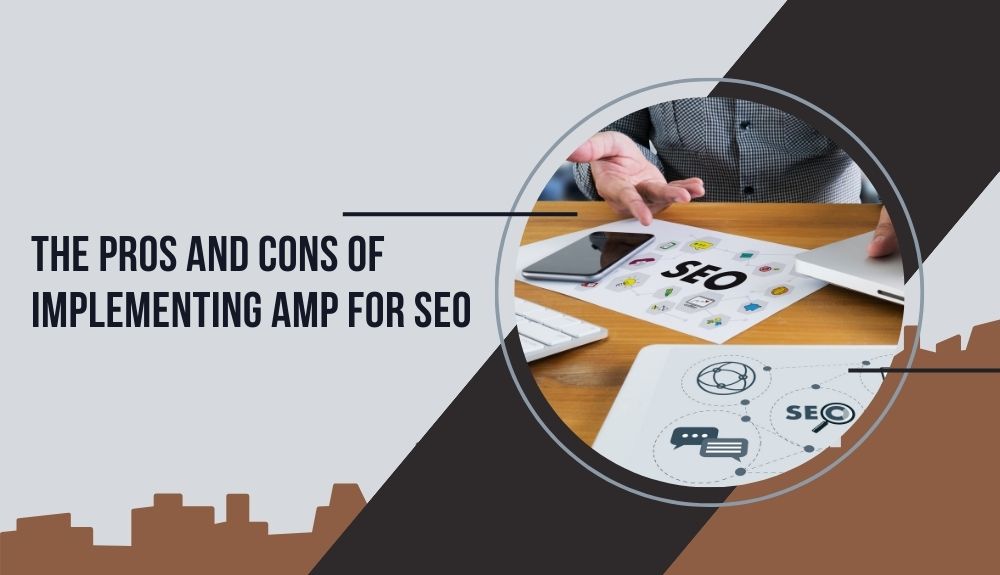Are you struggling to boost your website’s visibility and credibility in search engine rankings? Do you want to improve your link building strategy and optimize your anchor text for maximum impact? Look no further than this comprehensive guide on anchor text in SEO and link building best practices.
Anchor text, the clickable text in a hyperlink, plays a crucial role in determining the relevance and authority of your website. A well-optimized anchor text can significantly improve your search engine rankings, drive organic traffic, and enhance the user experience. On the other hand, poor anchor text distribution can lead to penalties and hinder your website’s growth.
In this blog, we will delve into the importance of anchor text in SEO and provide you with actionable tips and best practices to optimize your link text. We will explore different types of anchor text, such as exact match, partial match, branded, and generic, and discuss how to use them strategically in your link building efforts.
Using real-life examples and case studies from industry experts, we will guide you through the dos and don’ts of anchor text distribution, ensuring that your link building strategy aligns with Google’s algorithm updates and enhances your website’s ranking.
Join us on this journey to master anchor text in SEO and unlock the full potential of your website’s link building strategy. Get ready to elevate your SEO game and achieve better results with effective anchor text optimization. Stay tuned for more insights and expert advice on anchor text distribution and its impact on your website’s visibility and credibility.
What is anchor text?
Anchor text refers to the clickable text in a hyperlink. It plays a crucial role in link building and has a significant impact on search engine optimization (SEO). When a website links to another webpage, the anchor text provides context and tells search engines what the linked page is about.
The primary purpose of anchor text is to provide users with relevant information about the linked page. It helps search engines understand the content and relevance of the destination page, ultimately influencing webpage rankings in search results.
There are different types of anchor text that can be used in link building. These include:
1. Exact Match: The anchor text includes the exact keyword or phrase that matches the target page’s focus.
2. Partial Match: The anchor text includes a variation or part of the target keyword or phrase.
3. Branded: The anchor text includes the brand name of the linked website.
4. Naked Link: The anchor text is simply the URL of the linked webpage.
5. Generic: The anchor text is a generic phrase like “click here” or “read more.”
6. Image-Based: The anchor text is an image with an embedded link.
Optimizing anchor text involves following best practices. The text should be relevant to the linked content and provide a clear description. It’s essential to avoid overuse of exact match anchors, as this can be seen as spammy by search engines.
In conclusion, anchor text is a vital element in link building strategies. By utilizing relevant and descriptive anchor text, website owners can improve the credibility and visibility of their webpages, ultimately enhancing their SEO efforts.
Key Takeaways:
– Anchor text is the clickable text in a hyperlink.
– It helps search engines understand the content and relevance of the linked page.
– There are different types of anchor text, including exact match, partial match, branded, naked link, generic, and image-based.
– Optimizing anchor text involves following best practices and maintaining relevance to the linked content.
Types of anchor text
In link building, various types of anchor text are used to create clickable links. These anchor texts serve different purposes and have varying effects on search engine optimization (SEO). Understanding the different types can help guide your anchor text optimization strategy. Here are the main types of anchor text:
– Exact match: This type of anchor text uses the exact target keyword or key phrase as the clickable text. For example, if the target keyword is “best pizza,” the anchor text would be “best pizza.”
– Partial match: Partial match anchor text contains a portion of the target keyword or key phrase, along with additional text. For example, “check out the best pizza in town.”
– Branded: Branded anchor text includes the name of a brand or company. For example, “Visit XYZ Pizza for a delicious treat.”
– Naked link: Naked link anchor text is simply the URL of the website, without any additional text. For example, “https://www.xyzpizza.com/.”
– Generic: Generic anchor text uses non-descriptive terms like “click here” or “read more.” While not SEO-optimized, these types of anchor text can still be valuable for user experience.
– Image-based: Image-based anchor text uses an image to create a clickable link. In this case, the alt tag of the image serves as the anchor text.
It’s important to maintain a balance and variety in your anchor text distribution. Over-optimization with exact match anchor text can lead to penalties from search engines. Instead, aim for a diverse mix of anchor text types to create a natural and organic link profile.
It’s worth noting that SEO best practices for anchor text can vary over time, and it’s crucial to stay updated with the latest guidelines to ensure effective link building and avoid any penalties.
Keep in mind that the anchor text you choose should be relevant to the linked page’s content and context. Aligning anchor text with the target page’s relevance helps search engines understand the relationship between the anchor text and the content it’s linking to.
Remember, creating high-quality anchor text is key to successful link building and boosting website rankings.
Optimal format
When it comes to optimizing anchor text for link building, there are several best practices to keep in mind. By following these guidelines, you can enhance the effectiveness of your anchor text and improve your website’s search engine rankings. Here are some key tips to consider:
Relevance is key
Make sure your anchor text is relevant to the content it is linking to. The more closely related the anchor text is to the target page, the more valuable it becomes in the eyes of search engines. For example, if you’re linking to a blog post about “organic gardening tips,” using anchor text like “organic gardening tips” would be highly relevant.
Maintain keyword density
While it’s important to include target keywords in your anchor text, be mindful of over-optimizing. Aim for a natural keyword density that flows well within the surrounding text. Google’s algorithm looks for anchor text that appears organic and avoids keyword stuffing or spam-like practices.
Consider target page relevance
Ensure that the anchor text aligns with the content and context of the linked target page. This helps search engines understand the relationship between the anchor text and the linked page. For instance, if the anchor text is about “digital marketing strategies,” it should lead to a page that provides valuable information on that topic.
By following these optimal formatting practices, you can create anchor text that is highly effective for link building. Remember, the goal is to provide valuable and relevant content that improves the user experience and helps search engines understand the context and purpose of your links.
Anchor Text Defined
Anchor text is the clickable text within a hyperlink that directs users to a specific web page. It plays a vital role in link building and SEO, as search engines like Google use anchor text to understand the context and relevance of the linked page. The words used in anchor text provide valuable information to search engines about the content of the page being linked to.
Anchor text serves as a signal to search engines and helps determine the relevance and authority of a web page. It is an essential component of search engine algorithms, influencing the ranking and visibility of websites in search results.
When creating anchor text, it is crucial to choose words or phrases that accurately describe the content on the linked page. Relevant and descriptive anchor text helps search engines understand the context and topic of the content, thereby improving the user experience.
Using keywords in anchor text can also enhance search engine optimization efforts, as it provides additional relevancy signals to search engines. However, it is important to avoid over-optimization and spamming by maintaining a natural and diverse anchor text distribution.
For example, instead of using generic anchor text like “click here” or “read more,” it is recommended to use descriptive anchor text that includes relevant keywords. For a blog post about the best pizza recipes, using anchor text like “delicious pizza recipes” or “homemade pizza ideas” would be more effective in conveying the content and attracting relevant traffic.
In summary, anchor text is a critical element in link building and SEO. By using descriptive and relevant anchor text, website owners can improve their website’s visibility, credibility, and user experience, ultimately boosting their rankings in search engine results.
Build better links with Moz Pro
When it comes to optimizing anchor text for link building, Moz Pro is an invaluable tool. With its comprehensive features and analysis capabilities, Moz Pro can help you effectively analyze and optimize your anchor text for better search engine rankings.
One of the key functionalities of Moz Pro is its anchor text analysis. The tool allows you to evaluate the distribution and usage of anchor text across your website. By analyzing your anchor text profile, you can identify any over-optimized or spammy anchor text that may be negatively impacting your SEO efforts.
Furthermore, Moz Pro provides insights into anchor text variation. It helps you understand the importance of using different types of anchor text, such as exact match, partial match, branded, or generic, to create a natural and diverse link profile. By utilizing a variety of anchor text types, you can enhance the relevance and credibility of your backlinks.
In addition to anchor text analysis, Moz Pro offers other useful features for effective link building. You can track your backlinks, evaluate the quality and authority of referring domains, and monitor your overall link profile. These functionalities allow you to identify new linking opportunities, disavow toxic links, and improve the overall health of your backlink profile.
By incorporating Moz Pro into your link building strategy, you can gain valuable insights and optimize your anchor text for better search engine rankings. Whether you are a beginner or an experienced SEO professional, Moz Pro provides the tools you need to build better links and enhance the visibility of your website.
Remember, effective link building requires not only optimizing your anchor text but also focusing on the quality, relevance, and diversity of your backlinks. Moz Pro can be your trusted companion in achieving these goals and driving organic traffic to your website.
SEO-friendly anchor text is:
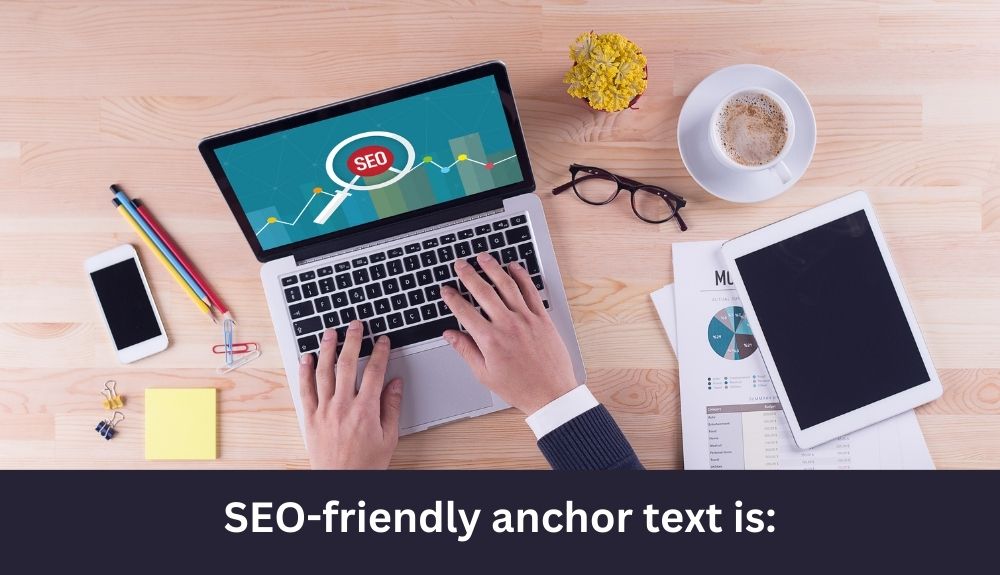
Creating SEO-friendly anchor text is essential for effective link building and improving search engine rankings. The following tips and guidelines will help you optimize your anchor text for maximum impact:
1. Relevance is key:
Ensure that your anchor text is relevant to the content and context of the linked target page. This helps search engines understand the relationship between the anchor text and the linked page, improving the overall user experience.
2. Be concise and clear:
Choose concise and clear anchor text that accurately describes the linked page’s content. Avoid using excessive or unnecessary words to keep the anchor text focused and easy to understand.
3. Align with target page content:
Align your anchor text with the target page’s primary keyword or topic. This signals to search engines the relevance of the link and enhances its SEO value.
4. Avoid over-optimization:
Maintain a balanced keyword density in your anchor text. Overusing exact match keywords may trigger search engine penalties for unnatural anchor text distribution. Aim for a natural and diverse variation of anchor text.
5. Use branded and generic anchor text:
In addition to exact match keywords, utilize branded anchor text (e.g., your company or website name) and generic anchor text (e.g., “click here” or “learn more”). This creates a diverse backlink profile, enhancing your website’s overall authority.
6. Avoid link schemes:
Avoid participating in link schemes or purchasing backlinks with heavily optimized anchor text. Instead, focus on organic and natural link building strategies that provide long-term value and credibility.
7. Leverage anchor text analysis tools:
Use tools like Moz Pro to analyze your anchor text and identify potential issues or areas for improvement. These tools provide valuable insights into optimizing your anchor text distribution and overall link building strategy.
By following these best practices, you can enhance the effectiveness of your anchor text, improve your website’s visibility, and attract higher-quality backlinks, leading to better search engine rankings and increased organic traffic.
Remember, SEO-friendly anchor text is a crucial element in successful link building and should be approached with strategy and careful consideration.
Succinct anchor text
In the world of SEO, concise and clear anchor text holds significant importance. Anchor text refers to the clickable text within a hyperlink, and it plays a crucial role in conveying the context and relevance of the linked content.
When it comes to optimizing anchor text, brevity is key. By keeping the anchor text succinct, you ensure that it accurately represents the content of the linked page and avoids any confusion for both search engines and users. Short and to-the-point anchor text provides a clear indication of what users can expect when they click on the link.
Long and verbose anchor text can dilute the impact and effectiveness of your link building efforts. Users are more likely to engage with anchor text that is concise and direct, as it allows them to quickly determine the relevance and value of the linked content.
For example, if you’re linking to a blog post about “10 Tips for Effective Link Building,” using anchor text like “Link Building Tips” or “Effective Link Building” would be more concise and informative than a longer phrase like “Check out this amazing blog post about 10 tips for effective link building.”
In addition to enhancing user experience, succinct anchor text also improves the readability and aesthetics of your content. It seamlessly blends into the surrounding text without disrupting the flow, creating a more seamless browsing experience for your audience.
Remember, when crafting anchor text, prioritize clarity and relevance. By keeping it concise and clear, you’ll create a more effective linking strategy that boosts the credibility and visibility of your website.
Conclusion
Succinct anchor text is a vital aspect of effective link building. By keeping your anchor text concise and clear, you ensure that it accurately represents the linked content and provides a seamless user experience. Prioritize clarity and relevance when crafting anchor text, and avoid lengthy and convoluted phrases. By following these best practices, you can optimize your anchor text for improved search engine rankings and successful link building efforts.
Target Page Relevance
In the world of anchor text and link building, the relevance of the target page plays a crucial role. When selecting anchor text, it is important to align it with the content and context of the linked target page. By doing so, you signal to search engines that the page being linked to is closely related to the anchor text and the overall content of your website.
Ensuring target page relevance goes beyond simply using keywords in the anchor text. It requires a deeper understanding of the target page’s topic, purpose, and relevance to your own content. By linking to pages that are highly relevant to your anchor text, you increase the chances of search engines recognizing the connection and boosting your website’s ranking.
To achieve optimal target page relevance, follow these tips:
1. Conduct thorough research
Before selecting anchor text, thoroughly research the target page. Understand its main topic, subtopics, and key messaging. This will help you create anchor text that accurately reflects the content of the page you’re linking to.
2. Analyze the target page’s keywords
Identify the target page’s primary keywords and incorporate them naturally into your anchor text. This helps reinforce the connection between the anchor text and the target page’s topic.
3. Consider the user experience
Ensure that the anchor text provides a clear and concise indication of what the user can expect when they click on the link. Avoid misleading anchor text that may disappoint or confuse users, as this can negatively impact your website’s credibility.
4. Aim for variety
While it’s important to align anchor text with the target page, it’s also beneficial to vary the phrasing and structure of your anchor text. This adds diversity and naturalness to your link profile, helping to avoid over-optimization and potential penalties from search engines.
Remember, target page relevance is an essential factor in effective link building strategy. By aligning your anchor text with the content and context of the linked target page, you improve the overall user experience and increase the chances of boosting your website’s visibility and ranking.
Anchor Text Keyword Density
Keyword density refers to the number of times a target keyword or phrase appears within the anchor text of a hyperlink. While it’s important to include relevant keywords in anchor text to provide context to search engines, over-optimization and excessive keyword stuffing can be detrimental to SEO efforts.
To avoid spamming and maintain a natural appearance, it is recommended to follow the best practice of keeping anchor text keyword density between 1% and 5%. This means that the target keyword should appear in anchor text, on average, at a rate of 1 to 5 times for every 100 words of content.
Maintaining an optimal keyword density provides a balance between keyword relevance and user experience. It signals to search engines the topic of the linked page without appearing manipulative or spammy.
Here are a few tips to optimize anchor text keyword density:
1. Use variations: Instead of repeatedly using the exact match keyword, incorporate variations or related phrases. This helps diversify anchor text and makes it more natural.
2. Be contextually relevant: Ensure that the anchor text aligns with the content and context of the linked page. It should provide a clear indication of what users can expect when they click on the link.
3. Prioritize readability: Aim for clear and concise anchor text that is easy for users to understand. Keep the language natural and avoid forced keyword insertion.
Remember, the goal is to create anchor text that enhances user experience and signals relevancy to search engines. By adhering to optimal keyword density guidelines, you can avoid triggering Google penalties and maintain a healthy link profile.
When optimizing your anchor text, keep in mind that quality content and user-focused experiences should always be your top priority. Instead of obsessing over keyword density, focus on creating high-quality content that provides value to your audience.
Stay tuned for the next section, where we’ll explore how to optimize anchor text for better search engine rankings.
How do you optimize an anchor text?

Optimizing anchor text is essential for improving search engine rankings and maximizing the impact of your link building efforts. By following these step-by-step instructions, you can ensure that your anchor text is optimized for better visibility and stronger SEO performance.
1. Understand your target keyword: Before choosing your anchor text, identify the target keyword that you want to rank for. This will help you create relevant and strategic anchor text.
2. Diversify your anchor text: Avoid using the same anchor text repeatedly. Aim for diversity by using variations of your target keyword, including synonyms, long-tail variations, and natural language. This helps prevent over-optimization and offers a more organic link profile.
3. Relevance is key: Ensure that your anchor text is highly relevant to the linked page’s content and context. This helps both users and search engines understand the purpose of the link.
4. Avoid generic anchor text: Generic anchor text like “click here” or “learn more” should be avoided. Instead, use descriptive anchor text that accurately represents the content or topic of the linked page.
5. Incorporate branded anchor text: Include anchor text that features your brand name or website URL. This can help build brand visibility and credibility.
6. Maintain a natural distribution: Avoid excessive use of the exact match anchor text. Instead, create a natural distribution of anchor text types, including exact match, partial match, branded, and naked link.
7. Check for link relevancy: Regularly review and monitor the anchor text distribution on your website. Make sure your anchor text aligns with the overall content and theme of the site.
8. Consider user experience: Anchor text should enhance the user experience. Make sure the text is clear, concise, and provides valuable information or a compelling reason to click.
By following these optimization practices, you can enhance the effectiveness of your anchor text for better search engine rankings and successful link building. Remember to stay updated with industry trends and adapt your strategies accordingly to maintain a strong online presence.
What is a rich anchor text?
Rich anchor text refers to the use of descriptive and relevant text within a hyperlink. Unlike generic anchor text that includes phrases like “click here” or “read more,” rich anchor text provides clear context about the linked content. When optimizing anchor text for link building, incorporating rich anchor text can enhance the user experience, improve search engine rankings, and attract quality backlinks.
By using descriptive anchor text that accurately reflects the content it points to, rich anchor text provides valuable information to both search engines and users. It helps search engines understand the topic and relevance of the linked content, which can positively impact a website’s ranking in search results.
Additionally, rich anchor text helps users determine what to expect when they click on a link. It provides a preview of the linked content, allowing users to make informed decisions about whether to access the link. This clarity and relevance create a positive user experience, increasing the likelihood of engagement and decreasing bounce rates.
When implementing rich anchor text, it is recommended to include target keywords naturally within the anchor text. This can aid search engines in understanding the topic and relevance of the linked content, without over-optimizing or spamming.
In summary, rich anchor text plays a vital role in link building efforts. By providing descriptive and relevant information about the linked content, it enhances the user experience, improves search engine rankings, and attracts quality backlinks. Incorporating rich anchor text into your link building strategy can greatly increase the effectiveness and success of your optimization efforts.
Remember, using appropriate and contextually relevant anchor text is essential for a website’s credibility and visibility.
Does anchor text matter?
Anchor text remains a fundamental aspect of search engine optimization (SEO), playing a pivotal role in determining the credibility and visibility of a website. Despite continuous algorithm updates, anchor text continues to hold significant value in modern SEO practices. It serves as a clickable text that directs users to linked web pages, influencing search engine rankings and user experience.
According to Google’s guidelines, anchor text should be relevant, descriptive, and concise. It helps search engines understand the context of the linked page and its relationship to specific keywords. By utilizing keywords within anchor text, websites can enhance their visibility for relevant searches. However, it is important to avoid over-optimization or spamming, as this can lead to penalties or a negative impact on rankings.
Furthermore, anchor text plays a crucial role in building external and internal links. External anchor text from authoritative websites helps establish the credibility and authority of the linked page. Internal anchor text, on the other hand, aids in navigating within a website, improving user experience and content discoverability.
It is worth noting that while anchor text is important, its significance has evolved over time. Google’s algorithm now considers various factors, such as user intent, content relevance, and overall link quality, in evaluating the value of anchor text. This means that a well-rounded link building strategy should encompass a diverse range of anchor text variations, including branded, generic, and descriptive anchor text.
To maximize the impact of anchor text, webmasters should regularly analyze their link profile using tools like Moz Pro. This allows them to identify and optimize anchor text distribution, ensuring it aligns with the website’s content and target keywords.
In conclusion, anchor text remains a crucial element of modern SEO practices. While its value has evolved, proper optimization can greatly contribute to a website’s ranking and visibility. By following best practices, utilizing varying anchor text types, and maintaining relevance, webmasters can enhance their link building efforts and improve their overall SEO strategy.
Keep learning
Continuously expanding your knowledge and sharpening your skills in anchor text optimization is essential for staying ahead in the ever-evolving world of SEO. Here are some valuable resources and tools to help you on your journey:
1. Online Courses
– Moz Academy: Offers comprehensive courses on all aspects of SEO, including anchor text optimization. Their courses provide in-depth knowledge, practical insights, and industry best practices.
– HubSpot Academy: Provides a wide range of SEO courses, including modules on anchor text and link building. Their courses are suitable for beginners and advanced practitioners alike, covering key concepts and strategies.
2. Blogs and Publications
– Moz Blog: A trusted source of SEO insights, the Moz Blog features articles from industry experts, case studies, and real-life examples related to anchor text optimization and link building.
– Search Engine Journal: A go-to resource for SEO professionals, SEJ covers a wide range of topics, including anchor text best practices and the latest trends in link building.
– Backlinko: Brian Dean’s blog offers practical tips and strategies for improving your anchor text optimization techniques. His articles are well-researched and backed by data.
3. Tools
– Moz Pro: Their link explorer tool allows you to analyze anchor text distribution and optimize your link building efforts. It provides insights into your own website’s anchor text profile as well as your competitors’.
– Ahrefs: A comprehensive SEO tool that offers features for analyzing anchor text, identifying backlink opportunities, and monitoring your link profile.
– Semrush: Provides valuable insights into anchor text distribution, allows you to track your own anchor text strategy, and offers suggestions for optimization.
By exploring these resources and utilizing the tools available, you can continually enhance your understanding of anchor text optimization, keep up with the latest industry trends, and improve your link building strategies. Remember, SEO is an ongoing process, and staying up-to-date is crucial for achieving long-term success.

